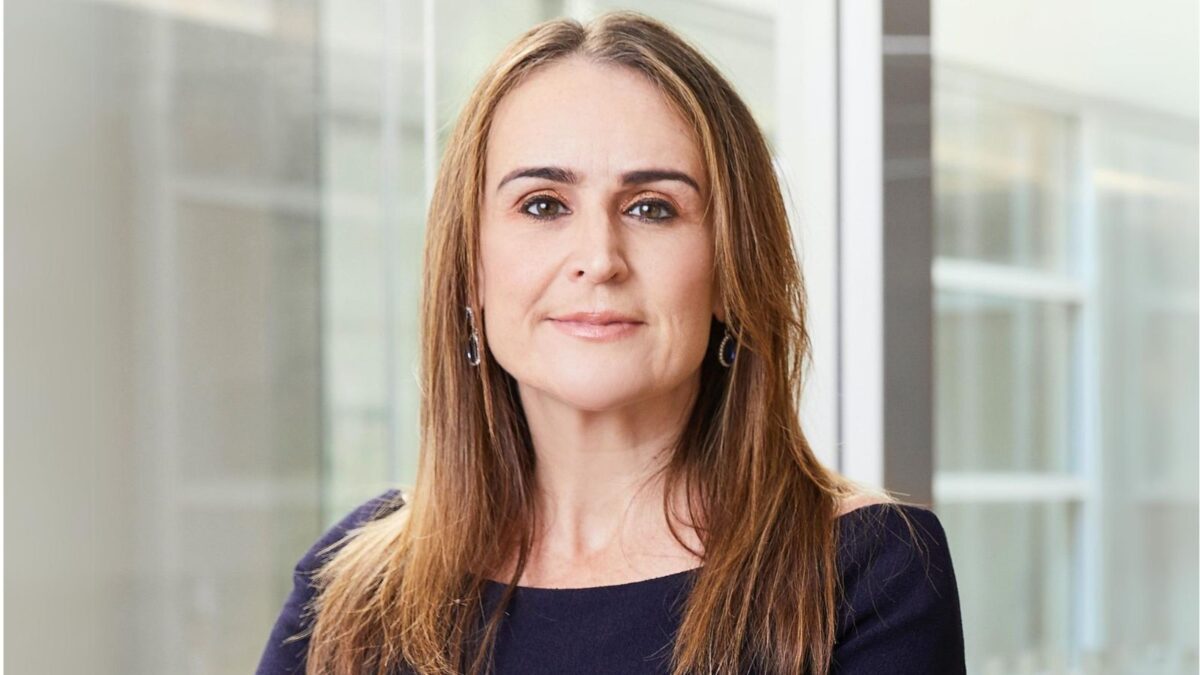Citi’s new sec-lending system matches resurgent market
(pictured: Eusebio Teofilo-Sanchez)
Securities lending, which was dealt a blow during the global financial crisis as a lot of lenders withdrew from the market, is making a comeback. Investors are adapting to the likely continuation of a low-return environment.
According to Eusebio Teofilo-Sanchez, Citi’s regional head of securities lending, the increasing sophistication of super funds and other pension funds is helping the heightened level of interest.
On a regular visit to Australia last week he said that Citi, which is largest securities lending managers in the world, had adapted its securities lending offering such that clients – mainly super funds – now had more control over their lending programs.
There was also more transparency in the process, he said. Clients could now know, for instance, where their cash collateral was invested and exactly what had been lent and to whom.
Sanchez is head of Citi’s agency securities lending business which sits alongside Citi’s ‘Prime Finance’ business within Citi’s investor services division in Asia Pacific, based in Hong Kong. Prior to that he was based in Sydney where he established Citi’s Domestic Agency Lending business.
The fees earned from securities lending differ markedly between the asset classes and regions. The industry average return across all asset classes globally, Sanchez says, is 4.5bps. However, various emerging markets can generate much higher returns. In this region, for instance, lenders could expect to generate as much as 10 times those available in developed markets,
He also said that there was a trend among funds to set a minimum level of fees. Some clients, for instance, won’t lend any of their securities for less than 100bps, significantly reducing loan exposure, but still capturing a large portion of lending revenue available in their portfolios, specifically in the Emerging markets.
The trend post-GFC to smart beta and other passive strategies has also meant an increase in securities lending. A “very high proportion” of clients with passive mandates lend them out, Sanchez says.
Citi is looking to manage its securities lending programs more scientifically and has invested a lot of time and money into its new ‘Trader Analytics and Optimisation’ system which brings together all the data available from within Citi’s loan book and marries it with third-party data. The application is used by all the trading team around the world.
“It’s industrialised our analysis,” Sanchez says. “It gives our traders a lot of information that is concentrated in one area. For example we can see our market share in specific securities which means we can become a price maker in them. We spent a lot of time and resources on developing the system.”
While Hong Kong is the regional hub for Citi’s lending business, the firm has two traders and a product manager based in Sydney. The Australian desk also manages the Japanese equity market and some other regional activities.
Sanchez says that while most of the lending market is OTC (over the counter), there is a push for activity in centralized clearing venues.
Another recent move is in “collateral transformation”. Citi has started to facilitate the more efficient use of collateral, such that various securities can be used instead of cash through peer-to-peer lending.








